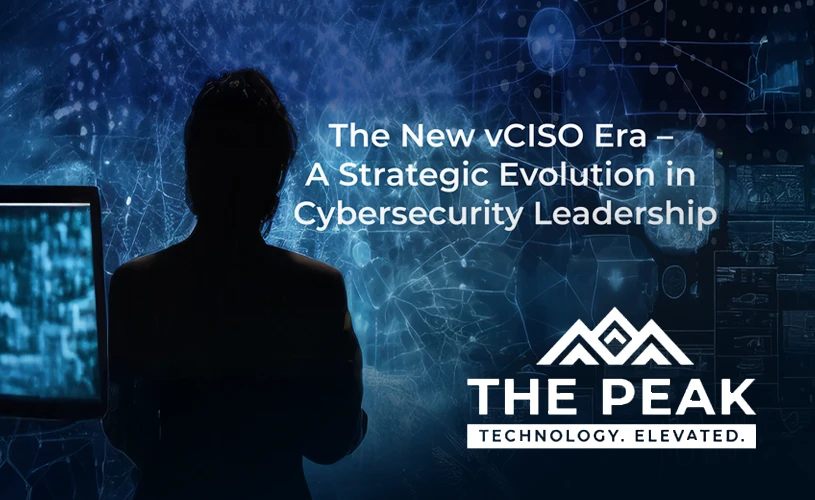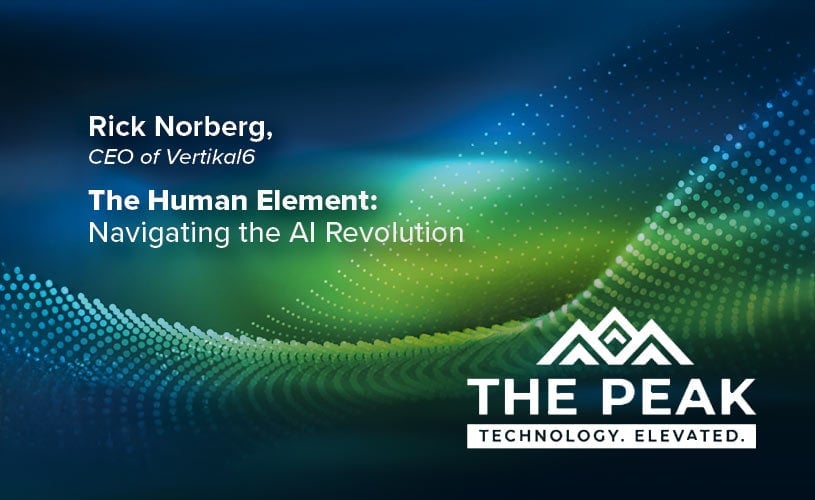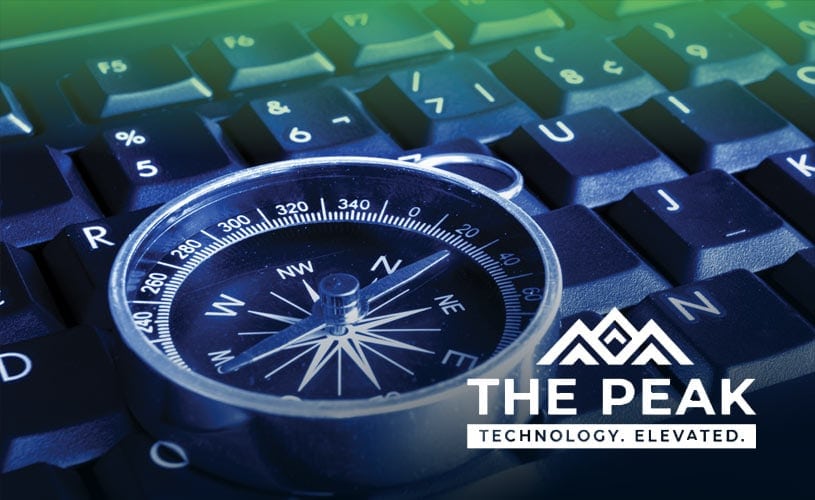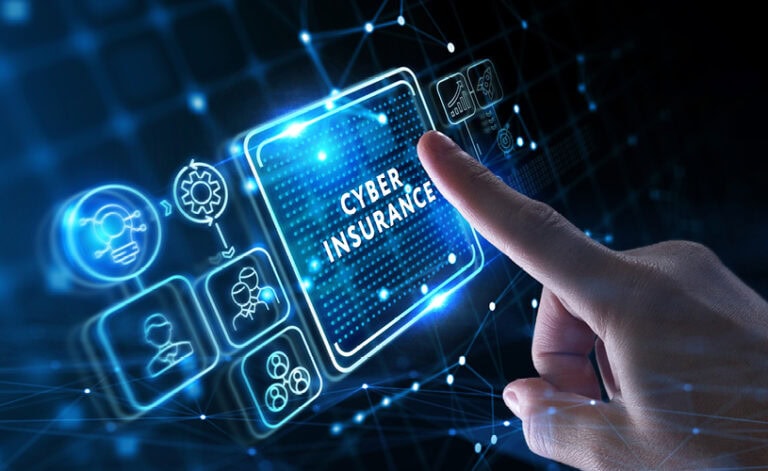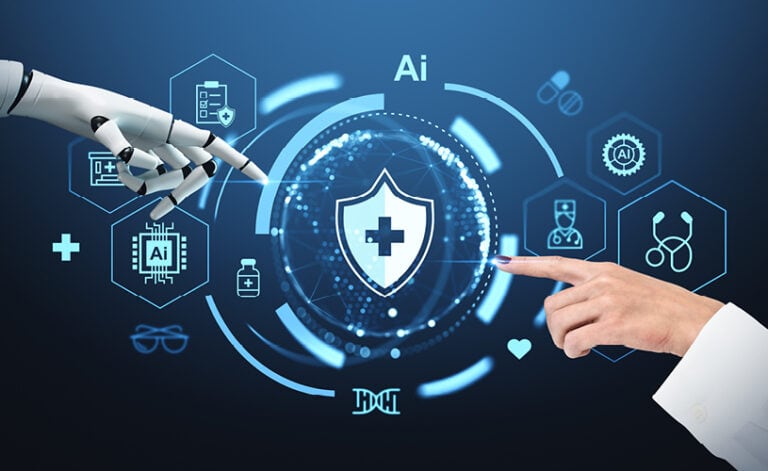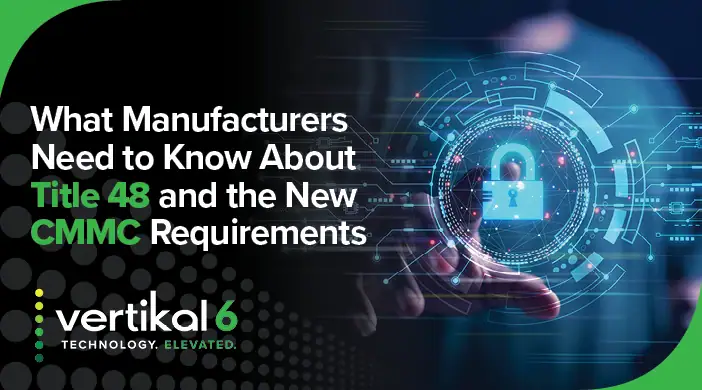The Vantage Point Blog
The name VantagePoint reflects exactly that—a higher ground, where you can see more clearly, think more strategically, and lead with greater confidence. Here we share meaningful insights to give you an elevated perspective on the big themes shaping business and technology—including operational maturity, strategy, innovation, and leadership.
Not every MSP is built for healthcare. The technology partner that works well for a law firm or manufacturing company may be completely wrong for an organization handling protected health...
Featured Posts
Introducing vCISO – Executive Cybersecurity Leadership for Your Business Cybersecurity isn’t just an IT concern anymore — it’s a business imperative. The risks are growing:
Is Your Business Ready for AI? Artificial intelligence is making waves across every industry, and many organizations are feeling the pressure to adopt it. But
Tariffs Are Rising — Here’s How We Can Help You Protect Your IT Budget As your trusted technology partner, we wanted to weigh in on
elevate™ Your Business with Our Strategic Technology Solutions Imagine technology that drives your business forward instead of holding it back. With Vertikal6 as your partner,
Your cyber insurance policy might not cover what you think it does. Healthcare organizations often
AI is already transforming healthcare — from diagnostic imaging and clinical decision support to administrative
Healthcare organizations face an unprecedented level of cybersecurity risk. Many leaders focus on regulatory fines
If your organization does business with the federal government fulfilling contracts under the purview of
Last year, we shared exciting news: Brave River officially joined Vertikal6. This merger brought together
PROVIDENCE, RI, UNITED STATES, August 14, 2025 /EINPresswire.com/ — Vertikal6, a Rhode Island-based leader in


